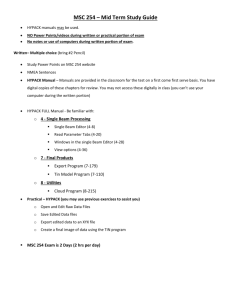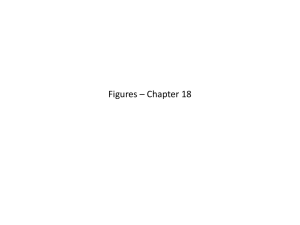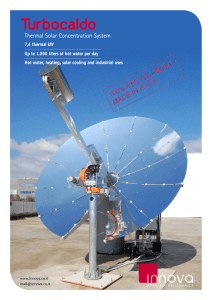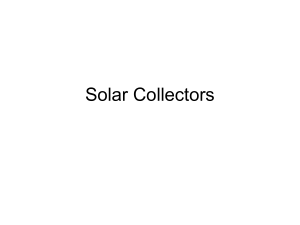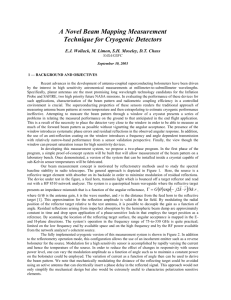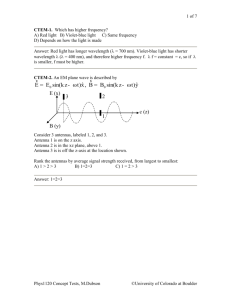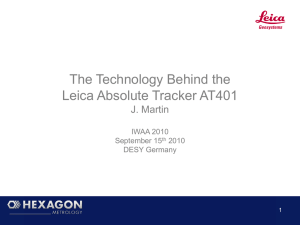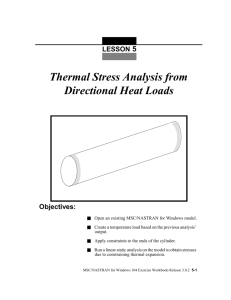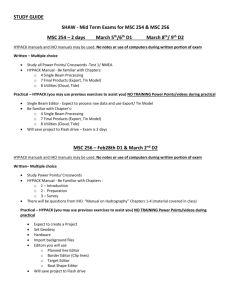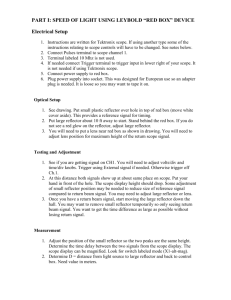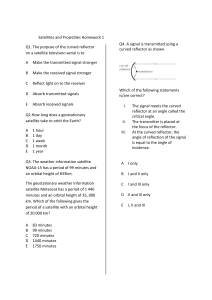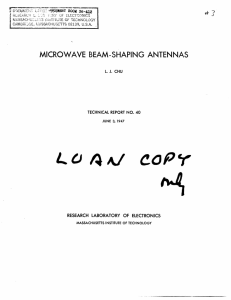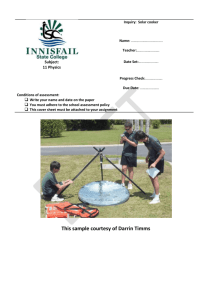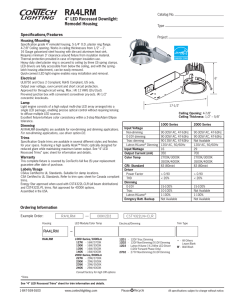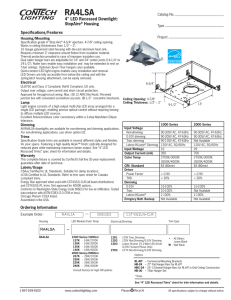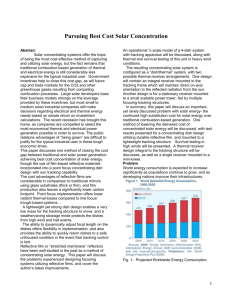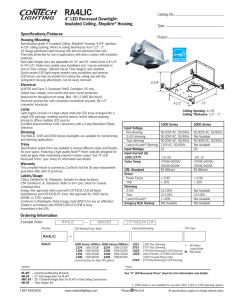Meyer_R_Final - Energy Postgraduate Conference
advertisement
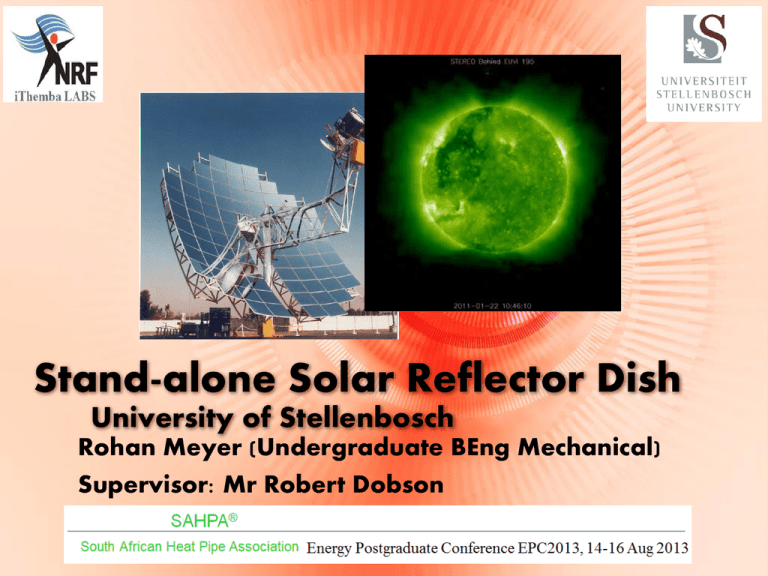
Stand-alone Solar Reflector Dish University of Stellenbosch Rohan Meyer (Undergraduate BEng Mechanical) Supervisor: Mr Robert Dobson Energy Postgraduate Conference 2013 How “enginerds” are characterized: Contents 1) Common designs 2) Our Design Philosophy 3) Our Design 4) Wind loading 5) Beam theory 6) Software theory: MSC Nastran and SimXpert 2011 7) Results 8) Experimental testing 9) The way forward 10) Conclusions and Recommendations 11) Acknowledgements 12) References Common designs Source: www.solarenergytopics.com McDonnell-Douglas - 12 kWe Stirling dish - Weight of reflector and receiver balance on pivot point Source: www.cliquesolar.com Heliofocus design(linear Fresnel) - Flat surface with tilted mirrors Equivalent of Fresnel dish concept Similar to Solar Tower Heliostat, but single dish frame Common designs(continued) Source: www.titantracker.com Source: www.xaharts.org German Eurodish - 17m diameter, 50kWe Spanish titan - 3.2m diameter double dish Our Design Philosophy • Cheap! Because less is more. • Assembly of structure: Think of a camping tent! • Light weight, but durable and strong. • The consequence: Rural Africans can assemble their own power source in their back yard, for next to nothing. Our design (G. Prinsloo, R. Meyer) Wind loading Beam theory Software theory MSC Nastran and SimXpert 2011 CBEAM Element geometry in SimXpert PSHELL CQUAD4 Element in SimXpert L-shaped beam cross section Structure analysed using beam elements for spokes and bars and shell elements for middle-flange. Results(Intuitive model) • Displacement Results(continued) • Torsion due to asymmetric section Results(continued) • Maximum combined beam stresses Experimental testing • Aluminum strain gauges to measure strain and displacement. Top and bottom of flat surface for bending, 2 x 45° for “torsion” of a asymmetric L-shaped section. The way forward • Added aluminum plates with reflective material in software simulation. Adds to stiffness and mass matrix of model. • Dynamic analysis of structure with wind loading varying with time. • Experimental testing Conclusions and Recommendations • • • • • • Knowledge on response of structure – future simulations Easily assembled, stand-alone solar reflector Possible SKA power source Renewable energy, replacing sources like nuclear and coal Solar power to rural African communities Moral of the story: Always take the motorcycle, because the clothes won’t fit. Acknowledgements • A million thank you’s goes out to Mister Dobson for his supervision, advice and funding of the research I am doing. • My sincere appreciation goes out to Mister Gerro Prinsloo, MSc Mech student, for his astonishing work he is doing on the design, construction and testing of a self-tracking solar concentrating reflector and his helpful advice with my research. • It is an honour working with people that has faith in Renewable Energy and that are doing fascinating research in this field. References Cengel, Y. A. & Cimbala, J. M., 2010. Fluid Mechanics Fundamentals and Applications. Second Edition in SI Units ed. Asia: McGraw-Hill Education. Cook, R. D., Malkus, D. S., Plesha, M. E. & Witt, R. J., 2002. Concepts and Applications of Finite Element Analysis. Fourth Edition ed. United States: John Wiley & Sons Inc.. MSC, 2012. MSC SimXpert. [Online] Available at: https://www.mscsoftware.com/product/simxpert [Accessed 12 March 2013]. Thank you very much! Rohan Meyer
